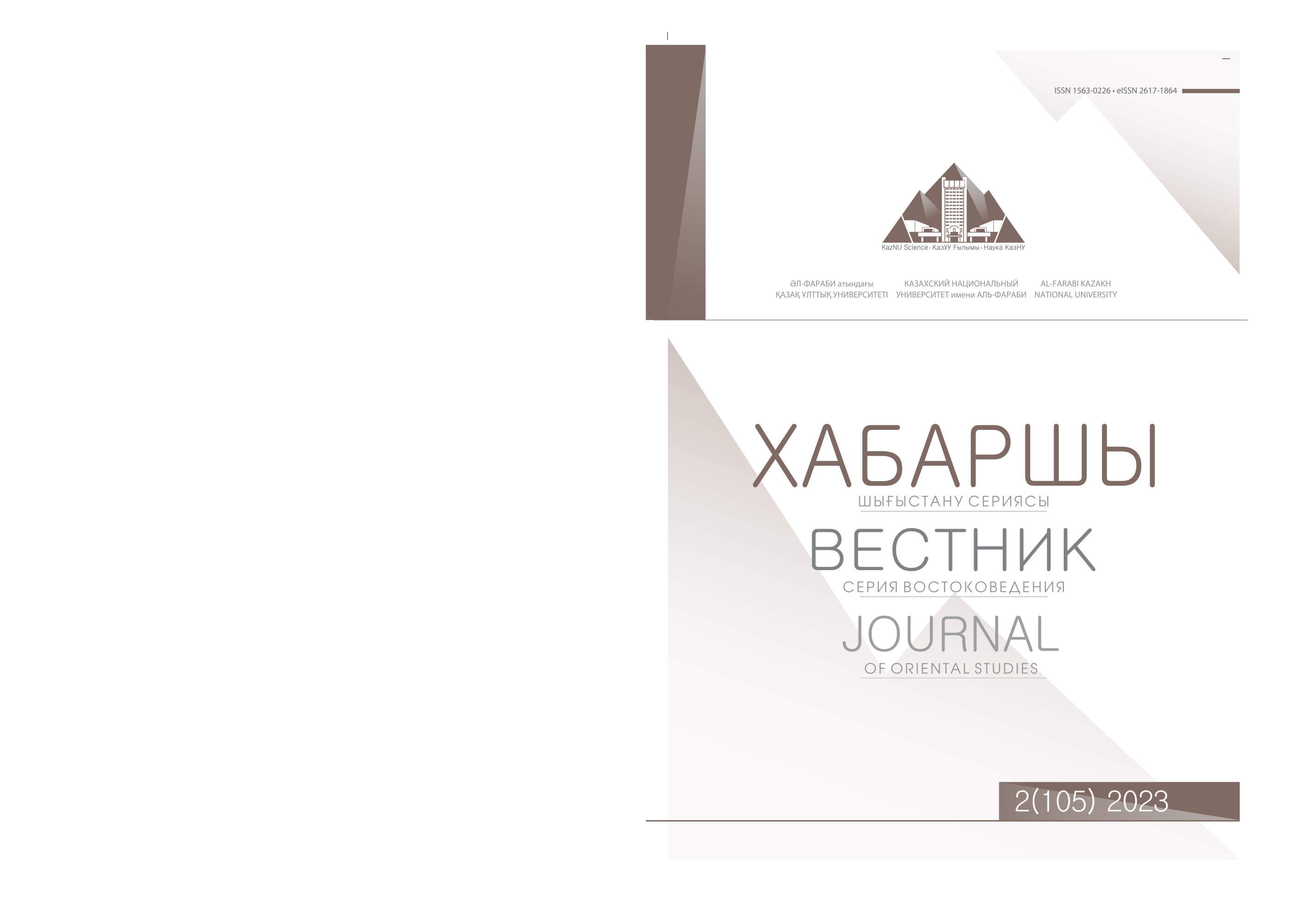Sentence structure of proverbs in chinese and kazakh languages
DOI:
https://doi.org/10.26577/JOS.2023.v105.i2.02Abstract
Proverbs and sayings are the property of the people, preserved from generation to generation for many centuries, expressions created with great skill. From proverbs and sayings you can see the mind of people, wisdom. They are an excellent example of expressing broad content, important thoughts in one word, and the conclusion is, as the people say, "Ninety spoken words have a meaning with an ankle bone /tiny /". Proverbs are compact and artistically created, contain deep thoughts and broad content.
Proverbs in a few words convey a deep meaning, are very rational, show eloquence, speed of thought, ingenuity of the speaker. Proverbs and sayings are formed and fixed in the minds of people, they are used as linguistic phenomena ready for speech. From this point of view, that is, the stability of the word in its composition, its use as a ready-made linguistic phenomenon, it gives an impressive beauty to thought. Proverbs and sayings differ in sentence structure and internal content. In a proverb, a thought is expressed as a simple opinion, a commandment, as a rule, it is formulated in a figurative sense.
The purpose of this article is to study proverbs and sayings in Chinese and Kazakh languages in terms of sentence structure, to determine the similarities and differences between proverbs in both languages.
This article is used as additional information in research in the field of philology and linguoculturology. In the future, Chinese language researchers will be able to distinguish between Chinese and Kazakh proverbs and use them correctly in colloquial speech. In this article, proverbs in two languages were studied by the method of comparison. The similarities and differences between the proverbs of the two languages in terms of sentence structure have been identified in many forms.
Key words: proverb, saying, folklore, genre.




